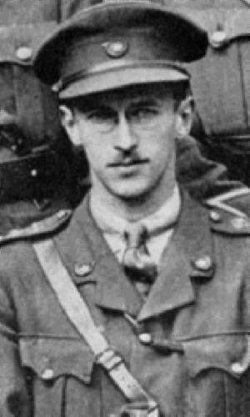Topic: Military Theory

The Modernization of Armies
Thoughts on War, Liddell-Hart, 1944
 The modernization of armies is likely to take two forms, which are to some extent successive stages. The first is motorization; the second is true mechanization—the use of armoured fighting vehicles instead of unprotected men fighting on foot or horseback.
The modernization of armies is likely to take two forms, which are to some extent successive stages. The first is motorization; the second is true mechanization—the use of armoured fighting vehicles instead of unprotected men fighting on foot or horseback.
As the transformation proceeds, an army, having become as a whole strategically mobile, will re-group itself into two fighting parts with separate tactical functions: one a close-fighting part, composed of semi-mechanized infantry, and the other a mobile-fighting part, composed entirely of armoured-fighting vehicles. The close-fighting units would be employed to clear hilly and wooded country, to gain river-crossings, to evict the enemy from villages or trench systems, to occupy strategic points, an to act as general handymen. The mobile-fighting units would manoeuvre widely to turn the enemy's flanks and attack his lines of supply. If they encounter an enemy in a well-prepared position bristling with anti-tank guns, their tactics will probably be to harass the inert foe by fire while they cut off his supplies of food, petrol, and ammunition--until he is driven either to surrender or to expose himself in an attempt to get away. When acting in direct combination, the close-fighting part of an army would be used to pin and paralyse the opponent while the mobile-fighting part would carry out a decisive manoeuvre against his rear. (April 1930.)

